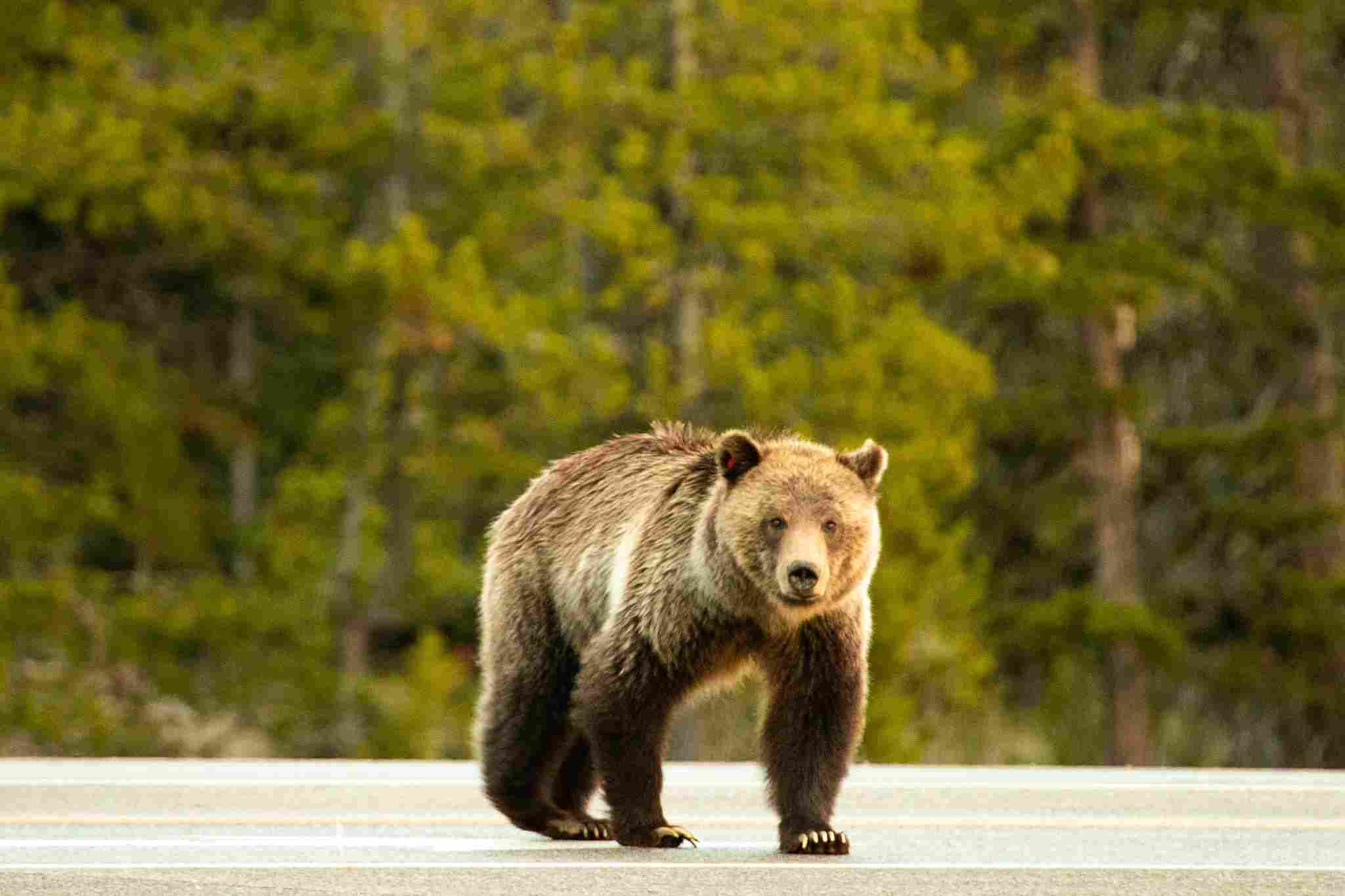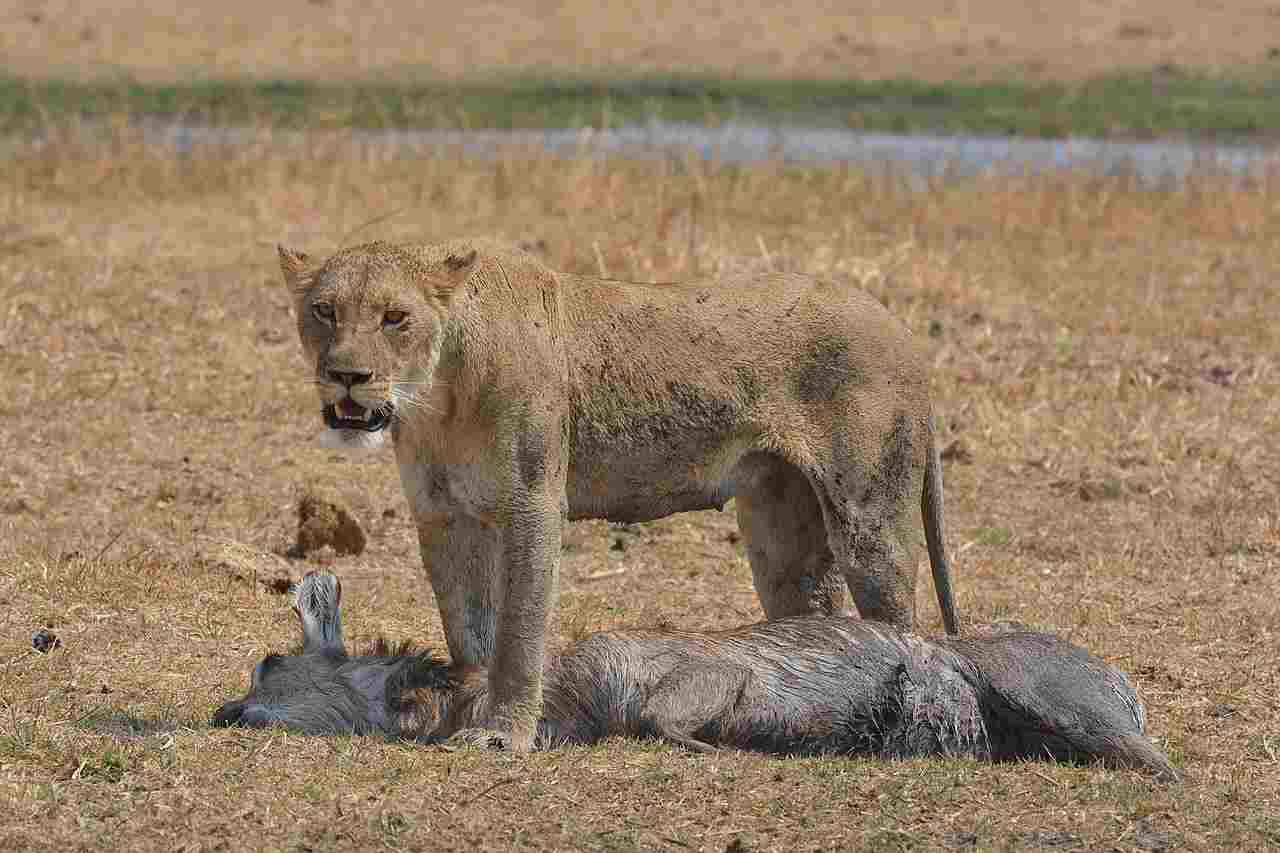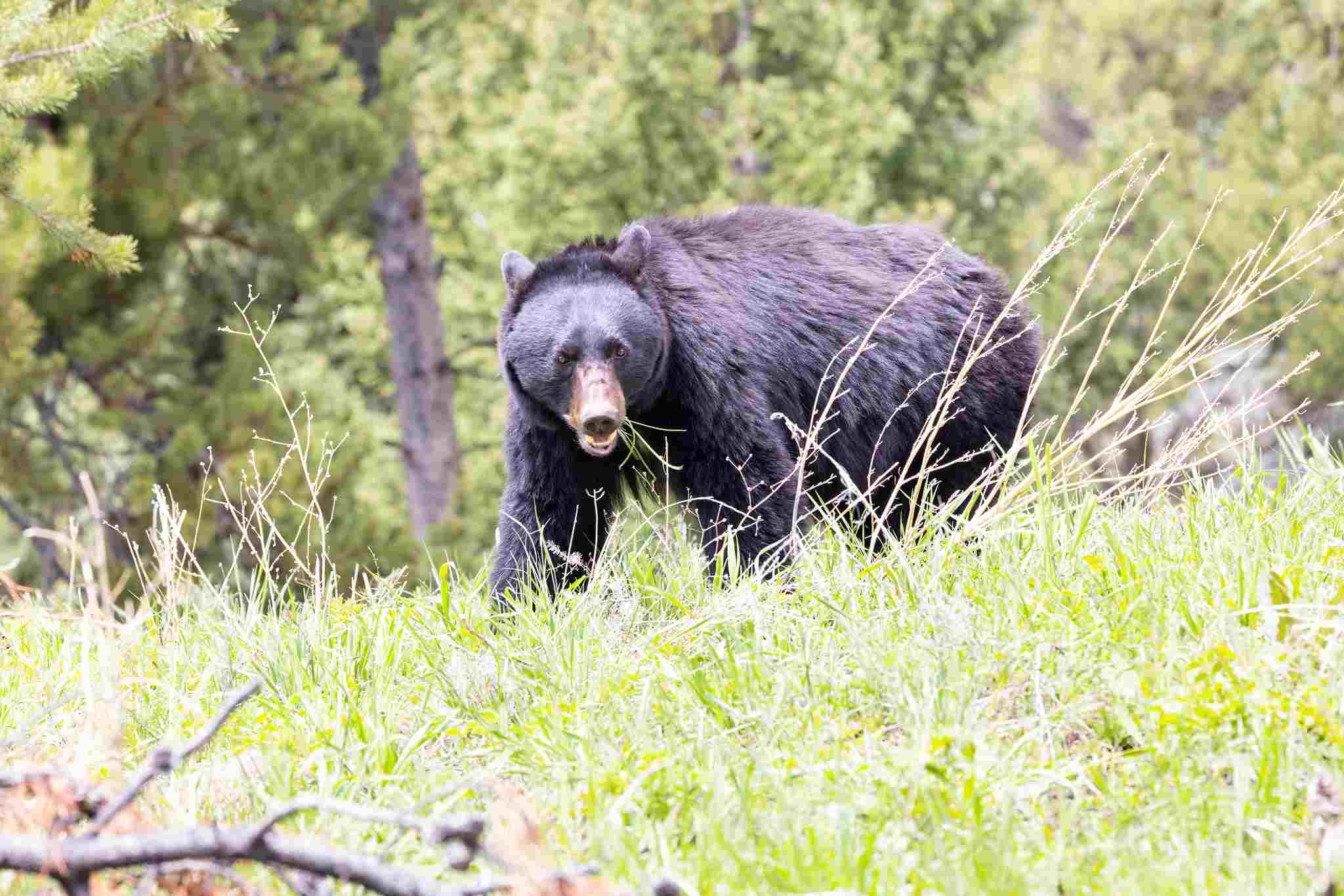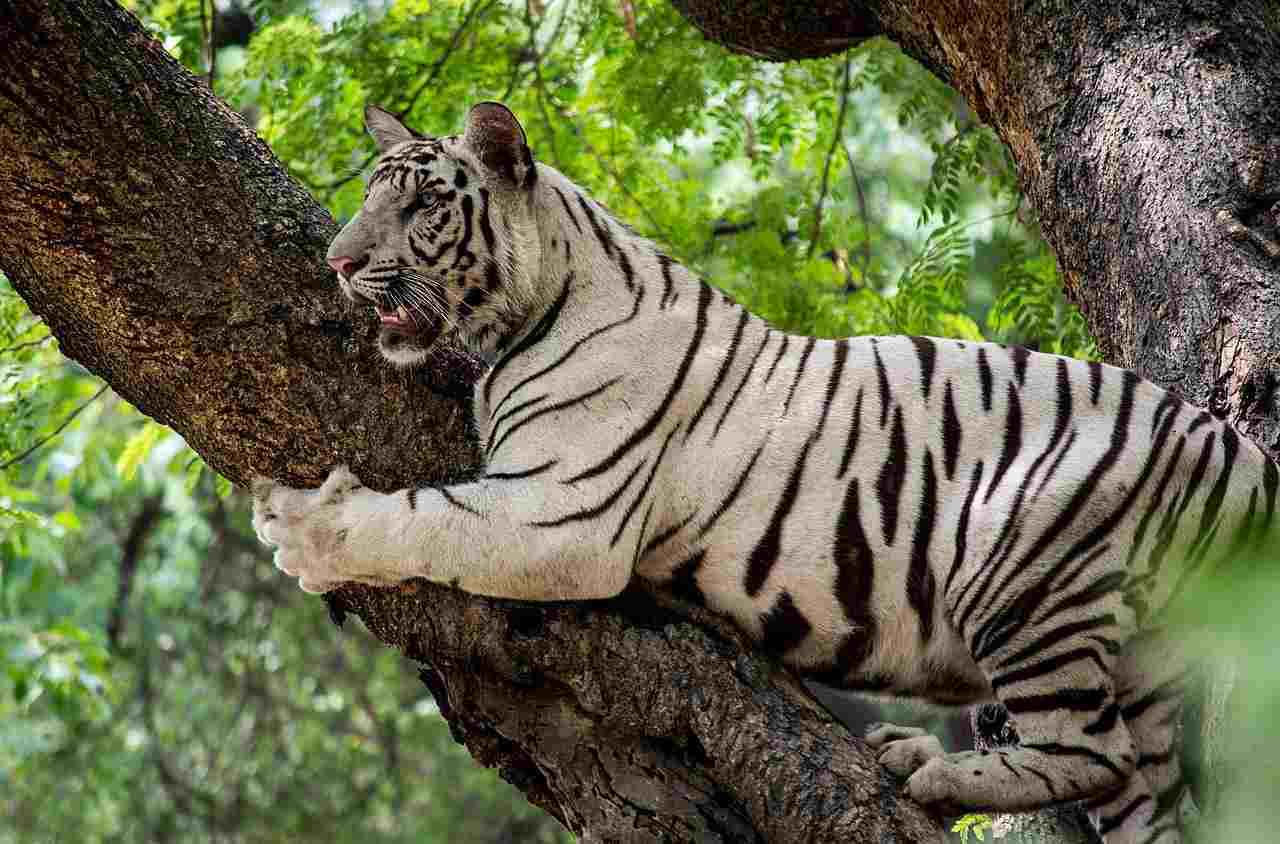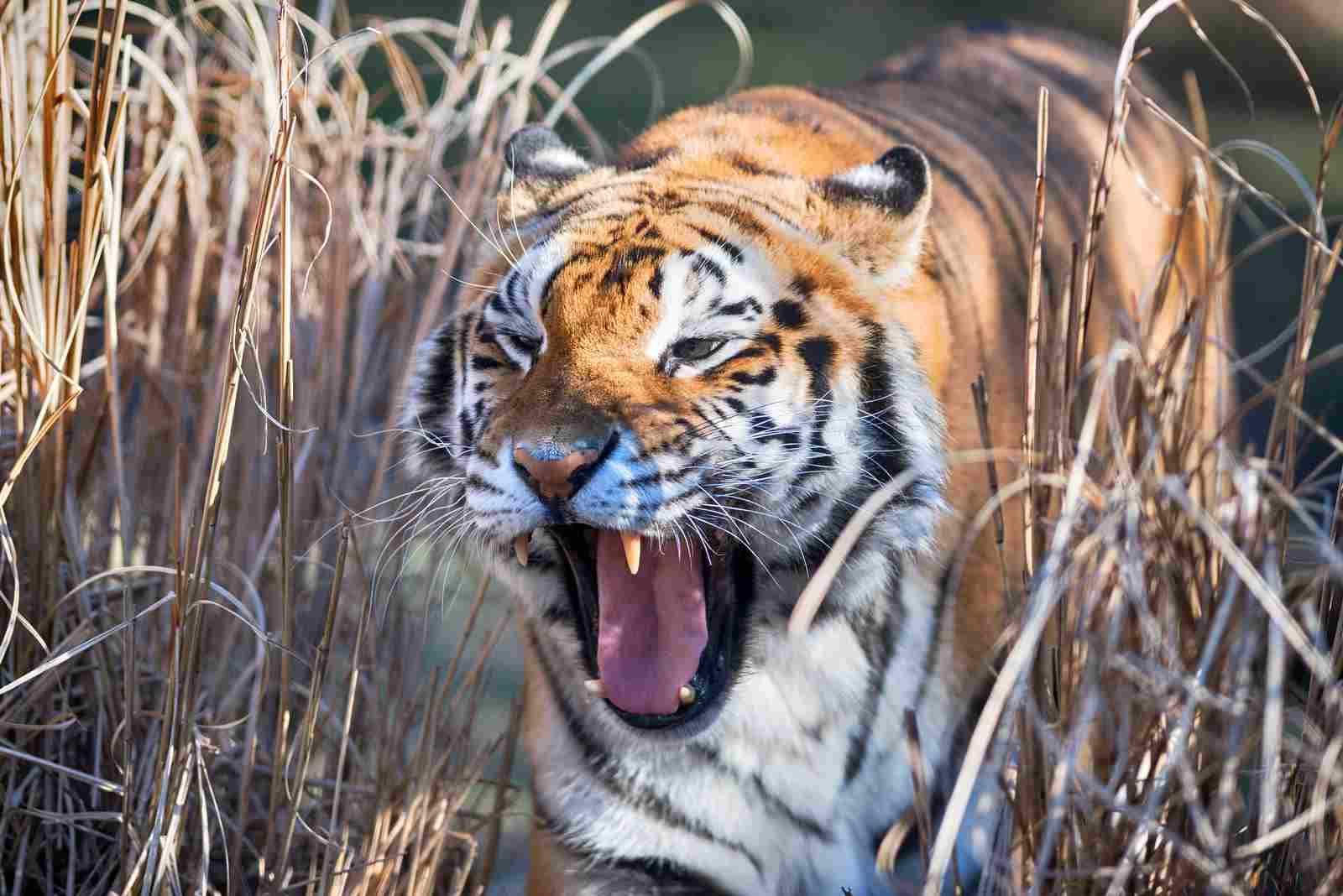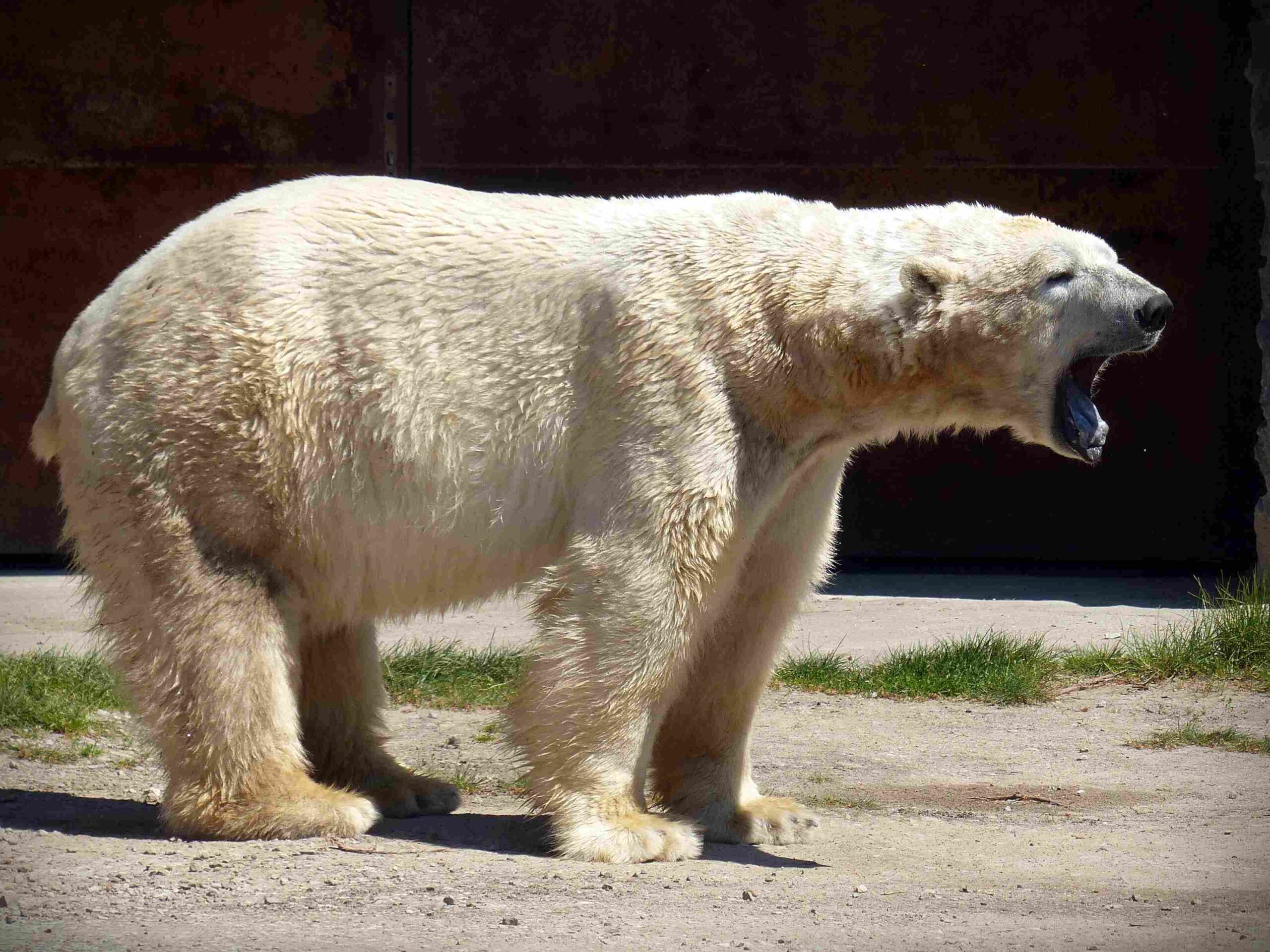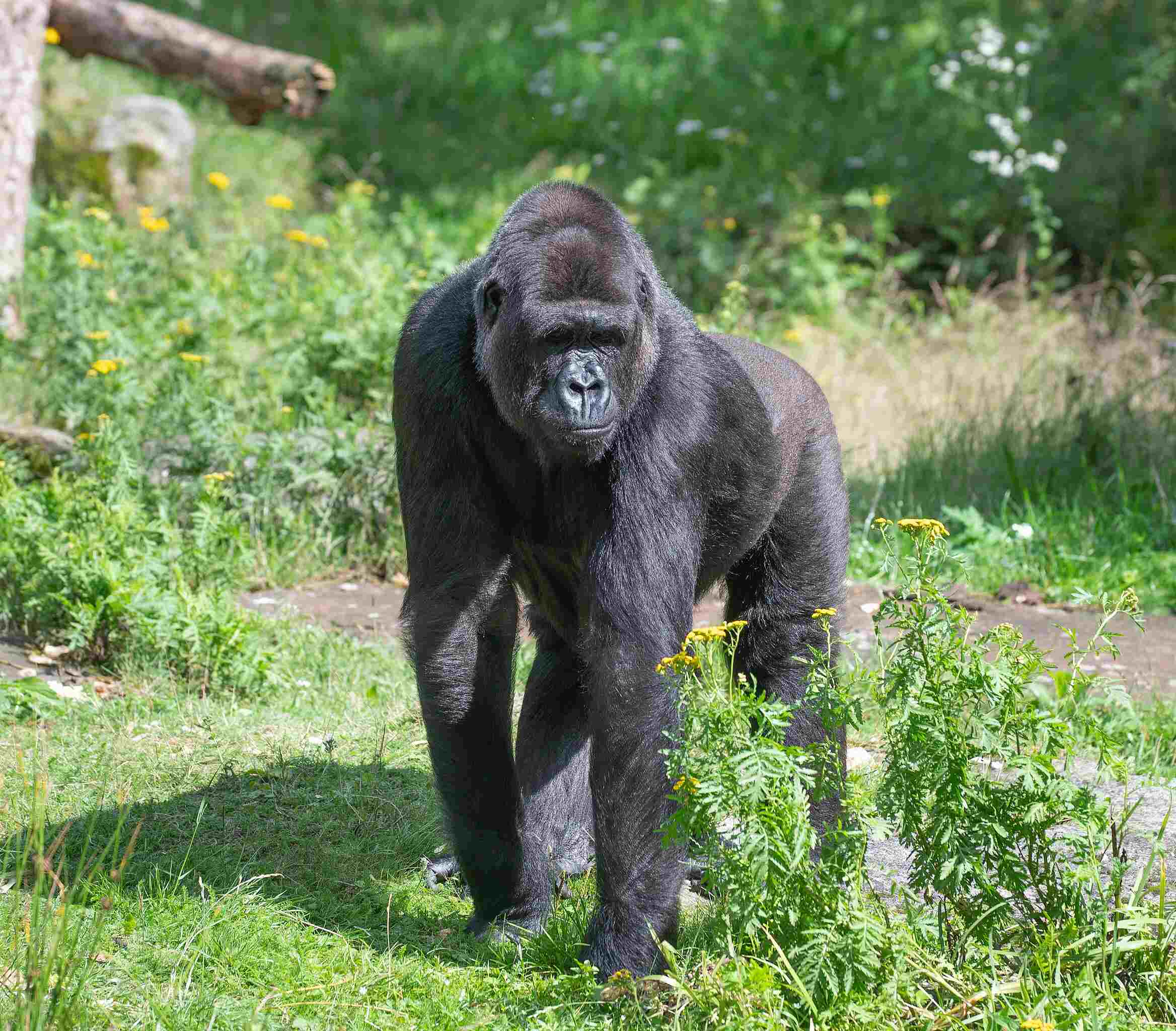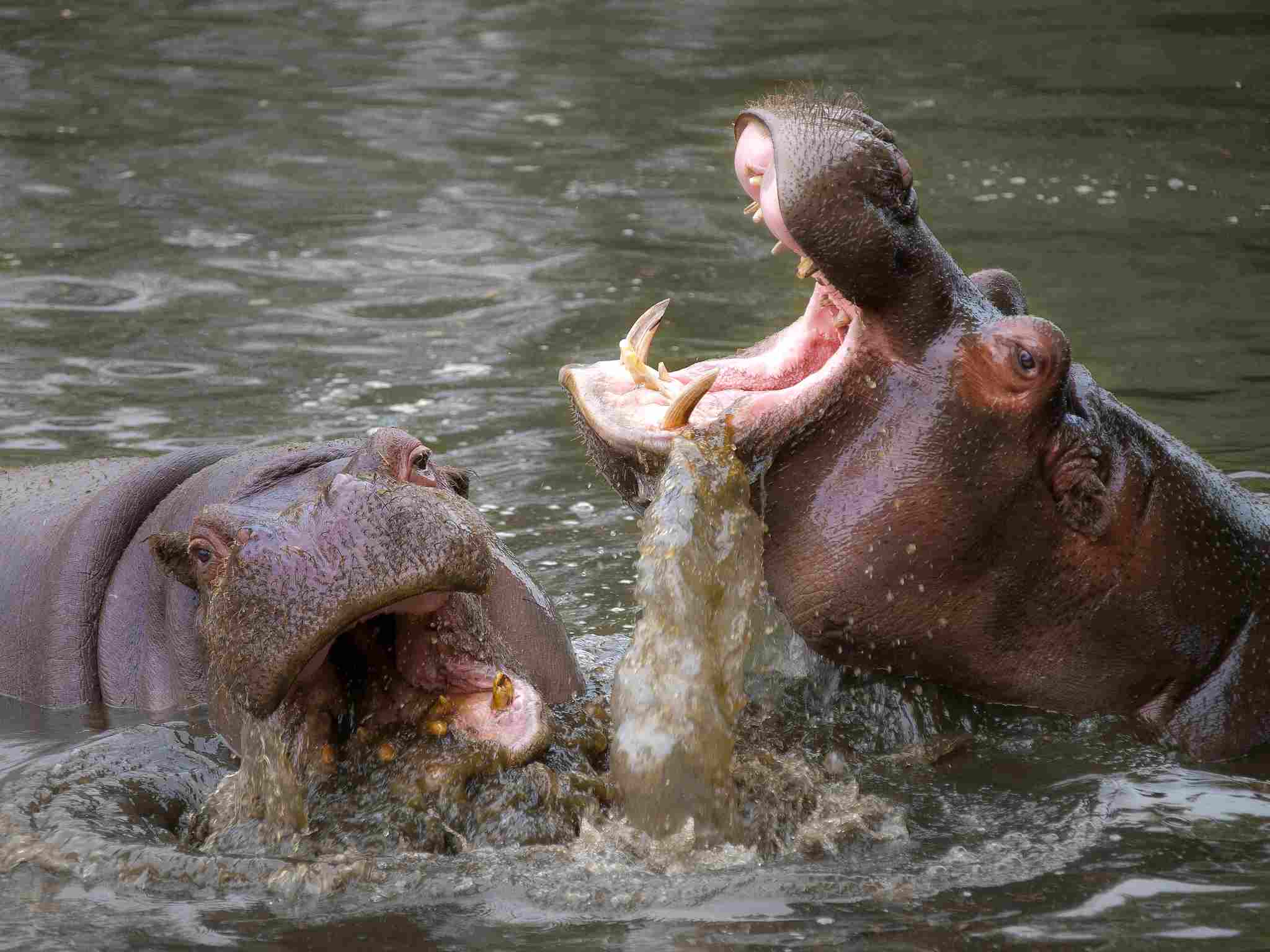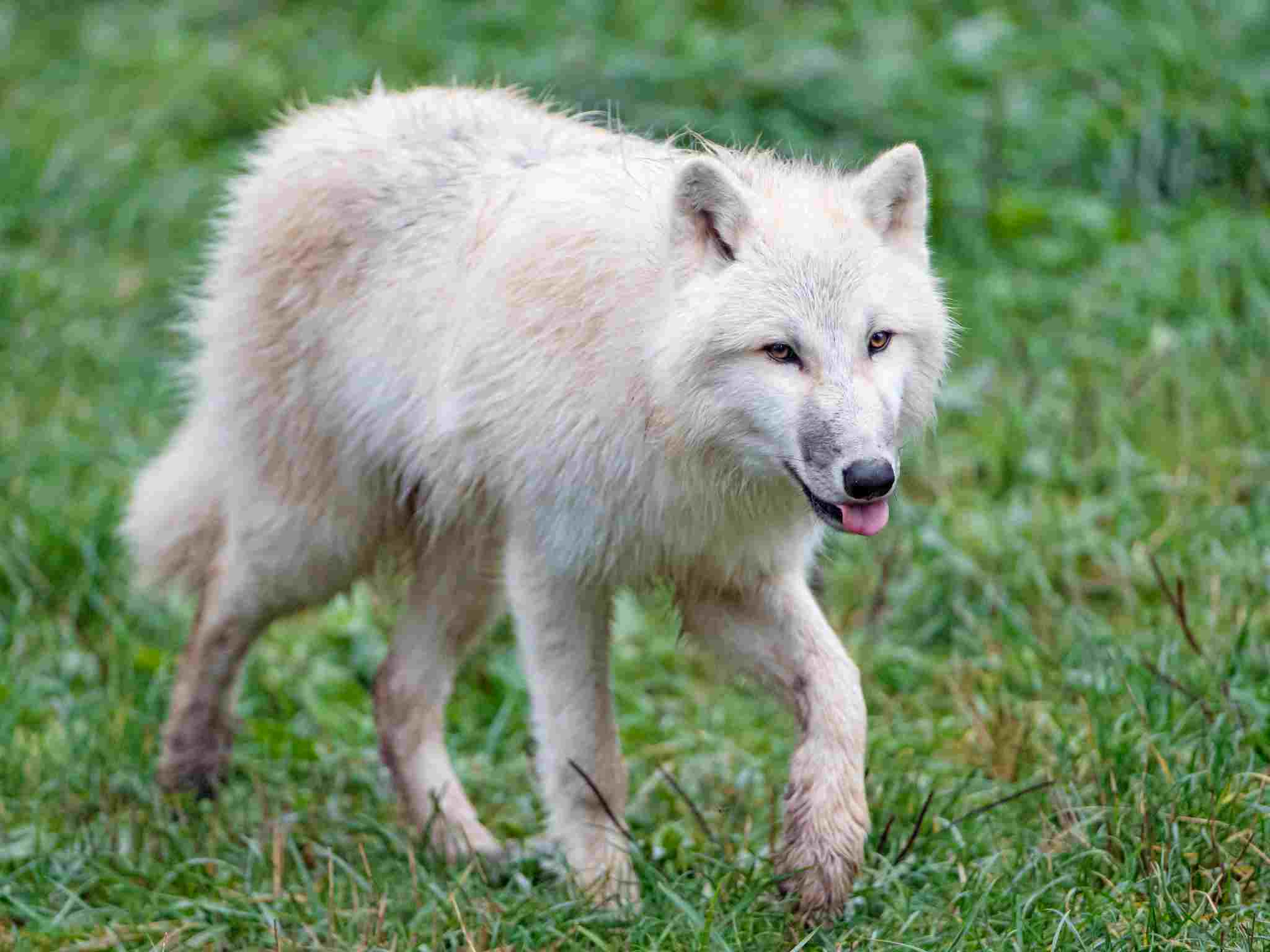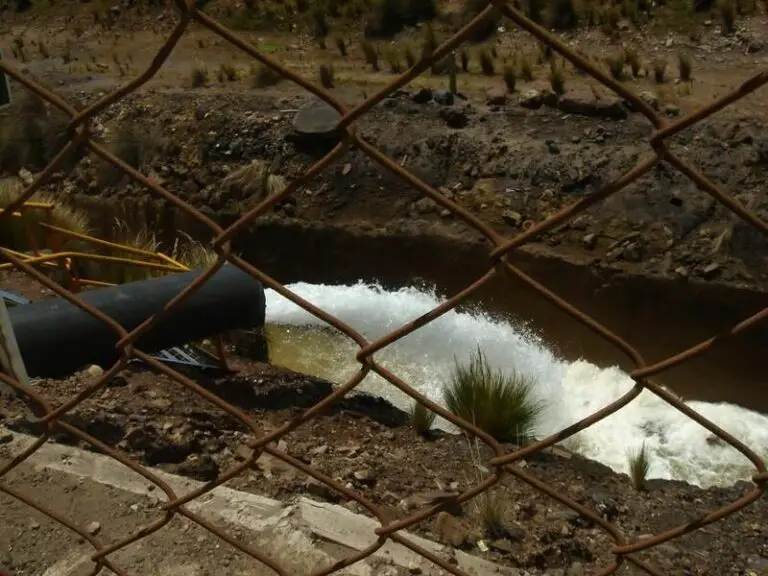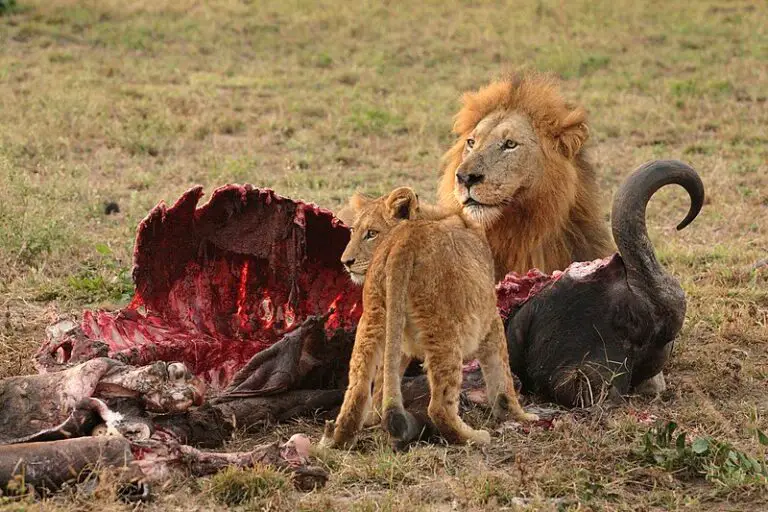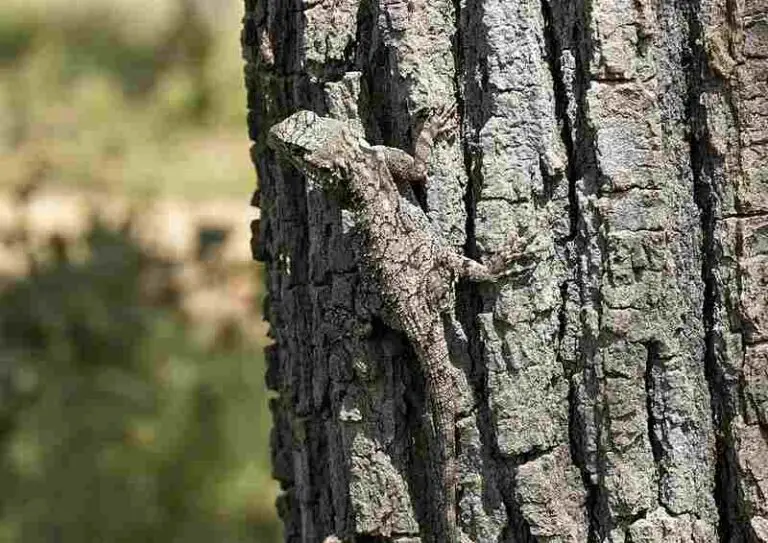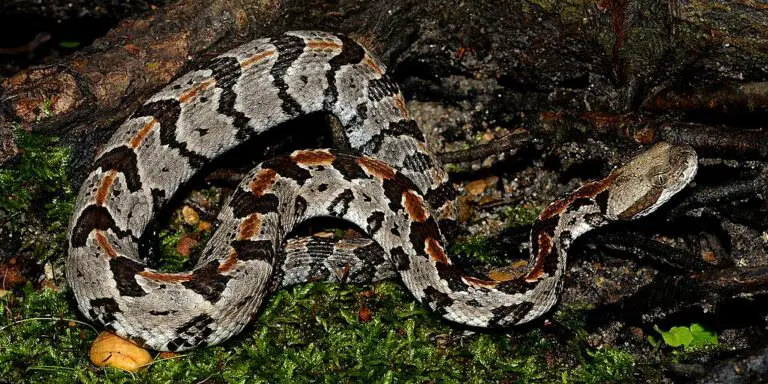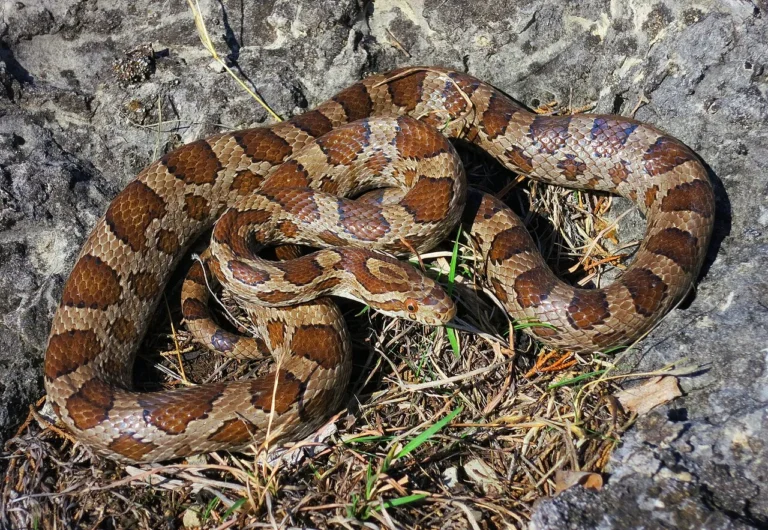7+ Carnivores in The Tundra Ecosystem Discussed
Carnivores in the tundra are vital components of the delicate ecosystem, playing crucial roles in regulating prey populations and maintaining ecological balance. They are uniquely adapted to the harsh conditions of the tundra, with specialized behaviors and physical traits that enable them to thrive in extreme cold. Among these carnivores are the Arctic wolf, Arctic fox, polar bear, wolverine, snowy owl, grizzly bear, Canada lynx, and gyrfalcon, each contributing to the intricate web of life in the Arctic tundra through their hunting and scavenging behaviors. Despite their resilience, these carnivores face threats from habitat loss, climate change, and human activities, making conservation efforts essential for their continued survival.
1. Arctic Wolf
Arctic wolves, also known as white wolves or polar wolves, are magnificent predators perfectly adapted to the harsh conditions of the tundra. These apex predators are highly social animals, living and hunting in packs that can range from 2 to 20 individuals, although larger packs are rare due to limited resources in the Arctic environment. Their thick white fur provides camouflage in the snow-covered landscape, aiding in both hunting and avoiding detection by prey.
These wolves primarily prey on muskoxen, Arctic hares, caribou, and other smaller mammals like lemmings and voles. They are formidable hunters, employing teamwork and strategy to take down prey much larger than themselves. Their keen senses of sight, smell, and hearing are essential for tracking down prey over long distances in the vast and often featureless tundra.
Arctic wolves play a crucial role in maintaining the delicate balance of the Arctic ecosystem. As top predators, they help regulate the populations of their prey species, preventing overgrazing and ensuring the health of the vegetation. Additionally, they scavenge on carcasses left behind by other predators, further contributing to nutrient cycling in the ecosystem.
Despite their prowess as hunters, Arctic wolves face challenges in the changing Arctic climate. Climate change is altering the distribution and abundance of their prey, leading to increased competition for resources. Human activities, such as hunting and habitat destruction, also pose threats to their survival. Conservation efforts are crucial to ensuring the continued existence of these magnificent carnivores in the tundra.
2. Arctic Fox
The Arctic fox, also known as the white fox or polar fox, is a small carnivore uniquely adapted to the extreme conditions of the tundra. With its thick, fluffy fur coat, which changes color with the seasons from white in winter to brown or gray in summer, the Arctic fox is well-equipped to withstand the frigid temperatures of its habitat.
These resourceful predators have a diverse diet, feeding on small mammals such as lemmings, voles, and Arctic hares, as well as birds, eggs, and carrion. They are also known for scavenging on the leftovers of larger predators like polar bears and wolves, making efficient use of available food sources in the harsh tundra environment.
Arctic foxes are solitary animals, with individuals typically establishing territories and hunting grounds that they defend from intruders. However, during the breeding season, which occurs in the spring, they form monogamous pairs and raise their young together in dens dug into the snow or the ground.
These foxes are known for their remarkable ability to survive in some of the harshest conditions on Earth, but they are not immune to the impacts of climate change. As temperatures rise and snow cover decreases in the Arctic, the habitat and prey availability for Arctic foxes are being altered, posing challenges to their survival. Conservation efforts are crucial to protecting these resilient predators and preserving the ecological balance of the tundra ecosystem.
3. Polar Bear
Polar bears, the largest land predators on Earth, are iconic symbols of the Arctic and its icy wilderness. These majestic carnivores are superbly adapted to life in the harsh Arctic environment, with thick layers of fat and dense fur to insulate them from the cold and large, powerful bodies built for hunting seals on sea ice.
Polar bears are highly specialized hunters, relying primarily on seals for food. They use their keen sense of smell to detect seal breathing holes in the ice and patiently wait nearby for their prey to surface. When a seal appears, the polar bear swiftly ambushes it, using its massive strength and sharp claws to secure a meal.
As apex predators, polar bears play a crucial role in the Arctic food web, helping to regulate the populations of seals and other marine mammals. They also scavenge on whale carcasses and other sources of carrion when available, further contributing to nutrient cycling in the ecosystem.
However, polar bears are facing unprecedented challenges due to climate change. As sea ice diminishes and melts earlier in the spring and freezes later in the fall, polar bears have less time to hunt for seals, leading to longer fasting periods and reduced body condition. Conservation efforts are essential to mitigating the impacts of climate change and ensuring the survival of polar bears in the rapidly changing Arctic environment.
4. Wolverine
The wolverine, often referred to as the “glutton” due to its voracious appetite and tenacious nature, is a formidable carnivore inhabiting the tundra regions of the Arctic. Despite its relatively small size compared to other predators in the region, the wolverine is known for its strength, agility, and fearlessness, making it a top-tier predator in its environment.
These solitary animals have a wide-ranging diet, feeding on a variety of prey including small mammals like rodents and rabbits, as well as larger animals such as caribou, moose calves, and even scavenging on carrion. Wolverines are also known to cache food, storing excess kills under the snow or in rocky crevices to consume later during lean times.
Wolverines are well-adapted to the harsh conditions of the tundra, with dense fur that insulates them from the cold and large, powerful claws that enable them to traverse rugged terrain and dig through snow and ice to uncover food. Their keen sense of smell helps them locate prey and carrion over long distances, allowing them to cover vast territories in search of food.
Despite their ferocious reputation, wolverines face threats from habitat loss, climate change, and human activities such as trapping and hunting. Conservation efforts are crucial to protecting these resilient predators and ensuring their continued existence in the Arctic tundra ecosystem.
5. Snowy Owl
The snowy owl, with its striking white plumage and piercing yellow eyes, is a magnificent predator that inhabits the tundra regions of the Arctic. These iconic birds of prey are well-adapted to life in the harsh Arctic environment, with thick feathers and downy insulation that provide protection against the cold.
Snowy owls are highly efficient hunters, primarily feeding on small mammals such as lemmings, voles, and Arctic hares. They use their keen eyesight and acute hearing to locate prey from great distances, swooping down silently to capture their quarry with sharp talons. Unlike most owls, snowy owls are diurnal hunters, meaning they are active during the day as well as at night.
During the breeding season, snowy owls establish nesting territories on open tundra or coastal dunes, where they construct nests on the ground or on rocky outcrops. They are known for their resilience in harsh conditions, withstanding freezing temperatures and fierce winds while incubating their eggs and raising their young.
Snowy owls are important indicators of the health of the tundra ecosystem, as changes in their populations can reflect shifts in prey abundance and habitat quality. Conservation efforts, including habitat protection and minimizing disturbances during the breeding season, are essential to ensuring the continued survival of these majestic birds in the Arctic tundra.
6. Grizzly Bear
The grizzly bear, a formidable apex predator, is known for its massive size, strength, and distinctive shoulder hump. While commonly associated with forested regions, grizzly bears also inhabit the tundra regions of the Arctic, where they play a crucial role in shaping the ecosystem as top predators.
These omnivorous bears have a diverse diet, feeding on a variety of foods depending on the season and availability. In the tundra, their diet consists mainly of vegetation such as roots, berries, and grasses, supplemented with small mammals like rodents and ground squirrels, as well as the occasional carrion.
Grizzly bears are solitary animals for much of the year, except during the breeding season and when mothers are raising their cubs. They are known for their keen sense of smell, which they use to detect food sources from great distances, as well as their remarkable strength and agility, which allow them to dig for roots and excavate dens in the permafrost.
While grizzly bears are powerful predators, they also face threats from human activities such as habitat destruction, hunting, and conflicts with humans over resources. Conservation efforts, including habitat protection and management, are essential to ensuring the continued existence of these iconic carnivores in the tundra ecosystem.
7. Canada Lynx
The Canada lynx, a stealthy and elusive predator, is uniquely adapted to life in the boreal and tundra regions of North America. These medium-sized cats are characterized by their tufted ears, long legs, and distinctive facial markings, making them well-suited for hunting in snowy environments.
Canada lynx primarily prey on snowshoe hares, which make up the majority of their diet. They use their keen senses of sight and hearing to locate their prey, stalking silently through the dense undergrowth before pouncing with precision to deliver a fatal blow.
These solitary cats are highly territorial, with individuals maintaining exclusive home ranges that they defend from intruders of the same species. During the breeding season, which typically occurs in late winter or early spring, male lynx compete for access to females, engaging in vocalizations and scent marking to establish dominance.
Canada lynx populations are sensitive to changes in prey abundance and habitat quality, making them vulnerable to disturbances such as habitat loss and fragmentation. Conservation efforts, including habitat preservation and management, are crucial to ensuring the continued survival of these elusive predators in the tundra ecosystem.
8. Gyrfalcon
The gyrfalcon, the largest and most powerful falcon in the world, is a magnificent predator that inhabits the tundra regions of the Arctic. These aerial hunters are renowned for their speed, agility, and ferocity, making them formidable predators of birds and small mammals.
Gyrfalcons have a diverse diet, feeding primarily on ptarmigan, grouse, and other birds, as well as small mammals such as lemmings and voles. They are highly specialized hunters, using their exceptional eyesight to spot prey from great distances before diving down at incredible speeds to capture their quarry with sharp talons.
These majestic birds are prized by falconers for their hunting prowess and are often used for hunting game birds such as grouse and ducks. However, they are also threatened by habitat loss, climate change, and human disturbances such as disturbance at nesting sites.
Conservation efforts, including habitat protection and minimizing disturbances during the breeding season, are crucial to ensuring the continued survival of these magnificent predators in the Arctic tundra ecosystem.
*Summary
Arctic Wolf
Highly social predators, living and hunting in packs.
Thick white fur provides camouflage in snowy landscape.
Prey on muskoxen, Arctic hares, caribou, and smaller mammals.
Crucial for regulating prey populations in Arctic ecosystem.
Face challenges from climate change and human activities.
Arctic Fox
Adapted to extreme tundra conditions with thick fur.
Resourceful hunters, feeding on small mammals, birds, and carrion.
Solitary except during breeding season, when they form pairs.
Facing threats from habitat loss and climate change.
Polar Bear
Largest land predators, adapted to hunting seals on sea ice.
Play a crucial role in regulating seal populations.
Face challenges from climate change, leading to habitat loss and food scarcity.
Conservation efforts essential for their survival.
Wolverine
Voracious predators with diverse diet including small mammals and carrion.
Solitary animals known for their strength and agility.
Face threats from habitat loss and human activities.
Conservation efforts crucial to protect their resilience in the tundra.
Snowy Owl
Magnificent birds of prey adapted to harsh Arctic conditions.
Efficient hunters feeding on small mammals primarily.
Nest on open tundra during breeding season.
Important indicators of tundra ecosystem health.
Grizzly Bear
Apex predators with diverse omnivorous diet.
Solitary except during breeding season and cub rearing.
Threatened by habitat destruction and conflicts with humans.
Conservation efforts necessary for their survival.
Canada Lynx
Stealthy predators adapted to boreal and tundra environments.
Feed primarily on snowshoe hares.
Solitary animals with exclusive home ranges.
Vulnerable to habitat loss and prey abundance changes.
Gyrfalcon
Largest falcon species, renowned aerial hunters.
Feed on birds and small mammals.
Threatened by habitat loss and disturbances.
Conservation efforts needed to protect their hunting prowess.
| Carnivore | Summary |
| Arctic Wolf |
Highly social predators living in packs; prey on muskoxen, Arctic hares, and caribou; crucial for ecosystem balance; facing threats from climate change and human activities.
|
| Arctic Fox |
Adapted to extreme tundra conditions; resourceful hunters feeding on small mammals, birds, and carrion; solitary except during breeding season; threatened by habitat loss and climate change.
|
| Polar Bear |
Largest land predators hunting seals on sea ice; play crucial role in regulating seal populations; facing challenges from climate change; conservation efforts essential for survival.
|
| Wolverine |
Voracious predators with diverse diet including small mammals and carrion; solitary and resilient; facing threats from habitat loss and human activities; conservation efforts crucial.
|
| Snowy Owl |
Magnificent birds of prey adapted to harsh Arctic conditions; efficient hunters primarily feeding on small mammals; important indicators of ecosystem health; conservation needed.
|
| Grizzly Bear |
Apex predators with diverse omnivorous diet; solitary except during breeding season; threatened by habitat destruction and conflicts with humans; conservation efforts necessary.
|
| Canada Lynx |
Stealthy predators adapted to boreal and tundra environments; feed primarily on snowshoe hares; solitary with exclusive home ranges; vulnerable to habitat loss and prey abundance changes.
|
| Gyrfalcon |
Largest falcon species renowned for aerial hunting; feed on birds and small mammals; threatened by habitat loss and disturbances; conservation efforts needed to protect hunting prowess.
|
Related FAQs
Q: What is the role of carnivores in the tundra ecosystem? A: Carnivores in the tundra ecosystem, such as Arctic wolves, polar bears, and wolverines, play a crucial role in regulating prey populations, which helps maintain the balance of the ecosystem. By controlling the populations of herbivores like caribou and muskoxen, carnivores prevent overgrazing and ensure the health of vegetation. Additionally, carnivores contribute to nutrient cycling by scavenging on carrion and redistributing nutrients throughout the ecosystem.
Q: How are carnivores in the tundra adapted to survive in cold environments? A: Carnivores in the tundra have various adaptations to survive in cold environments. Many species, like Arctic wolves and polar bears, have thick layers of insulating fur that protect them from the cold. Some, like the Arctic fox, change color with the seasons to blend into their surroundings. Others, such as the wolverine, have specialized behaviors like caching food to survive during lean times.
Q: What are the main threats to carnivores in the tundra? A: Carnivores in the tundra face several threats, including habitat loss and fragmentation due to human development, climate change leading to shifts in prey abundance and habitat suitability, and direct conflicts with humans such as hunting and trapping. These threats can disrupt predator-prey dynamics and lead to population declines among carnivores in the tundra ecosystem.
Q: What conservation efforts are in place to protect carnivores in the tundra? A: Conservation efforts to protect carnivores in the tundra include habitat preservation and restoration, management of human-wildlife conflicts, regulation of hunting and trapping, and monitoring of population trends and ecological health. Additionally, education and outreach programs aim to raise awareness about the importance of carnivores in the tundra ecosystem and the need for their protection.
